Food for your pet: Hidden toxins to watch
Although I never wrote about pet food, I read the ingredients and so I was very well aware of the chemical outrage affecting health and life of our lovely animals through the stuff they eat. Our pets do not read ingredients neither they do read reviews; you are the one who supposed to get informed about the issues. We better do this in the interests of our pets and, yes, in our own best interests.
Canine Carry Outs
When you do Google search for Canine Carry Outs the top result you see is Dangerous Food Treats of Animal Health Foundation. Some of the total 27 ingredients you do not want in your pet’s food are:
- Propylene glycol which has median lethal dose (LD 50) of 9 mg/Kg (not highly toxic) and recognized as safe. It is NOT approved in food for cats due to links to Heinz body anemia.
- BHA stands for Butylated hydroxyanisole, a food preservative, which was reported as anticipated human carcinogen based on evidence of carcinogenicity in experimental animals. In particular, when administered in high doses as part of their diet, BHA causes papillomas and squamous cell carcinomas of the stomach in rats and Syrian golden hamsters.
- Four artificial colors, potentially carcinogenic.
- Soy protein concentrate, a potential GMO threat.
Fooducate doesn’t do pet food perhaps because there is no pet food included in their food database. Dye Diet Calculator which operates based on ingredient lists, indicates high Health Risk of 1.30 and low Nutritional value of 0.49 plus GMO threat that comes from soy flour. You decide now for your pet.
If you scroll down in your Google search, then you will see Controversy still swirling over Chinese-made dog treats “According to the U.S. Food and Drug Administration Center for Veterinary Medicine (FDA CVM), from 2010 through Dec. 17, 2012, a reported 2,674 dogs were sickened as a result of eating chicken jerky treats made in China. A reported 501 dogs died as a result of eating the tainted treats. … Dog owners and their pets have paid the price. In the case of a Shetland Sheepdog named Zach, perhaps the ultimate price. At 14, Zach had some health issues, and Hank Zabelski of Wheaton, IL, thought he was doing a good thing by offering his beloved pet some jerky treats (Canine Carry Outs from Milo’s Kitchen, a division of Del Monte) in 2011. At the time, he was unaware of concerns about chicken jerky treats. His veterinarian wasn’t thinking treats could be related to the dog’s health.”
T-Bonz
Here is another food for dogs T-Bonz of Purina: “Your pet, our passion.” I guess they missed to add “to profit.” By coincidence, the snack is made of 27 ingredients but different in nature.
- Corn gluten meal (CGM). Wikipedia warns that while CGM contains none of actual gluten (the name is a jargon), some dogs and cats may develop an allergy to corn after eating CGM for an extended period of time. Although it is a good source of the amino acid cysteine, it must be balanced with other proteins for lysine. It is also used for livestock and poultry feeds.
- Ground yellow corn is a potential GMO threat
- Chicken by-product meal is made of dry, ground, rendered clean parts of the chicken carcass and may contain feathers. Chicken by-product costs less than chicken muscle meat and lacks the digestibility of chicken muscle meat.
- Soybean meal is a potential GMO threat
- Hydrogenated starch hydrolysate is a mixture of several sugar alcohols (a type of sugar substitute) used as a sweetener and a moisture-retaining agent. One of the sugar alcohols is sorbitol According to the Wikipedia, another sugar alcohol xylitol is well established as a life-threatening toxin to dogs. According to the ASPCA Animal Poison Control Center, the number of cases of xylitol toxicity in dogs has significantly increased since the first reports in 2002. Dogs that have ingested foods containing xylitol (greater than 100 milligrams of xylitol consumed per kilogram of bodyweight) have presented with low blood sugar (hypoglycemia), which can be life-threatening. Low blood sugar can result in a loss of coordination, depression, collapse and seizures in as little as 30 minutes. Intake of doses of xylitol (greater than 500 – 1000 mg/kg bwt) has been implicated in liver failure in dogs, which can be fatal. Possible cause of hypoglycemia experienced by dogs is the fact that the xylitol in gum is released more slowly and absorbed over longer period than when it is consumed as a pure form.
- BHA again… (see above).
For T-Bonz Dye Diet Calculator indicates lower but still high Health Risk of 0.93 and same low Nutritional value of 0.51 plus two GMO threats that come from corn and soy.
Lassie Natural Way
Here is a review and rating for Lassie Natural Way of Mills, Inc., from Dog Food Advisor. Let’s see if the company statement “Lassie Natural Way Is The Choice Of America’s Top Dog!” holds true by looking into the ingredients.
- Chicken meal is ground up chicken meat that has been carefully dried to a moisture level of 10%. The protein content is 65% and the fat level is 12%.
- Dried beet pulp is low in sugars but it is high in fiber, plant protein and energy
- Fish meal is pressed fish cakes are dried by hot air, yielding a meal that is high in vitamin B12 and contains as much as 50 percent protein.
- Yacca Schidigera perhaps was added as a natural plant medicine for general health. It is not a nutrient though.
- Dried kelp is perhaps added as a natural carbohydrate thickener which grows in shallow oceans
- Lactobacterium and bifidobacterium
- Vitamins and metal complexes
- Copper sulfate, Manganese sulfate, Sodium iodate and especially Sodium selenite are generally toxic compounds. Moreover as such they are very poor sources of the micro nutrient elements because of the low bioavailability.
The Lassie Natural Way dog food contains almost twice as many (52) ingredients as the above presented pet food surrogates but nearly all of the ingredients are nutrients, useful bacteria and microelements. Remember however, that most of the microelements come from real food and rarely need supplementation. In addition, I do not understand why they repeated metal supplementation by adding highly toxic metal sulfates and especially sodium selenite when metal complexes were already included. We may hope that the amounts added are very tiny (perhaps micrograms) and so these additives may not be harmful.
For Lassie Natural Way Dye Diet Calculator finally shows low Health Risk of 0.07 and very good Nutritional value of 3.77 units with no GMO threats. Good result! You and your dog should be happy with Lassie Natural Way.
For more general information about pet food in the USA you may look into the FDA Pet Food regulation.
I hope this analysis and references are useful for helping you to keep your pets happy and healthy!
Category: American diet, Pet food

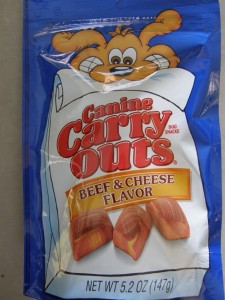
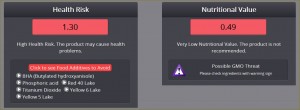
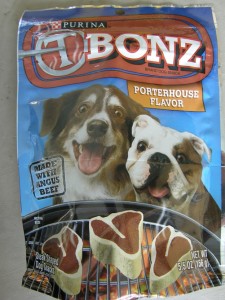
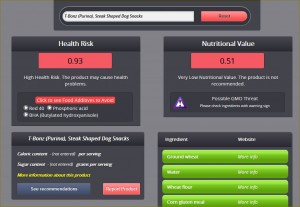
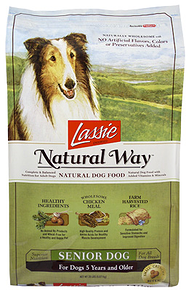
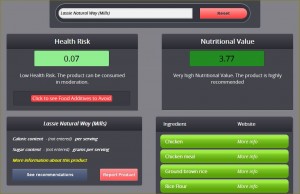




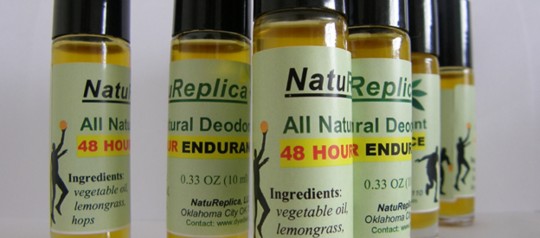
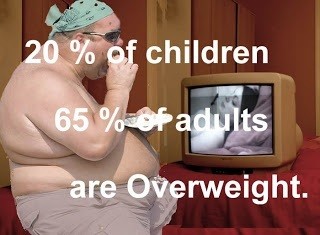
Lassie Natural Way has a terrible smell and my dogs won’t eat it and they will eat anything else. they will eat shit before eating this. i took it back to harris teeter and they said everyone brings it back, so they stopped carrying it.